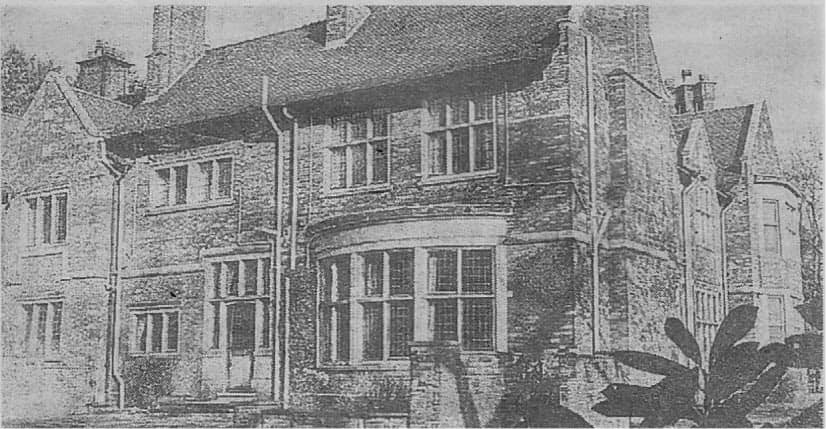
Last week I found myself a bidder in an online auction to secure an item related to the history of Sutton Coldfield.
Actually that sentence is stretching it a little bit: for 'a bidder' read 'only bidder'.
So what did I get for my unchallenged £9.99? Well, it was a plate; but not any old plate. It was one of those specially manufactured for a dinner at Moxhull Hall for the Sutton elite on June 26,1902 to mark the impending coronation of Edward VII.
Moxhull Hall had only recently been built by T.H.Ryland and was set in 1,200 acres (most of which were sold off in 1914).
The coronation celebrations in Sutton itself included the lighting of a monster bonfire on Black Mill Hill in the park which 'lit up the country for miles around until long after midnight.’
Sutton had always made a good deal of its royal connections, which, of course, stretch back to Henry VIII, who, in 1528, granted the town the charter which enabled it to govern itself.
Whenever there was a royal occasion - a marriage, a birth, a coronation - Sutton celebrated with a dinner. When Queen Victoria was married in June 1838 the ruling elite enjoyed a sumptuous private dinner whilst earlier in the day the poorer inhabitants dined in the open air on three roasted sheep, 800lb of roast beef and 1000 quarts of ale.
In January 1858 when Queen Victoria's eldest daughter was married, there was another dinner for the elite but nothing for the poor. It would be remembered, one local critic observed, 'as an occasion when the rich met together, feasted and drank, and the poor went empty away.’
Perhaps the most memorable royal celebrations in the town were those to mark the Golden Jubilee of Queen Victoria in June 1887.
Every girl and boy in the town was given a jubilee brooch or medal and a day was given over in Sutton Park to sports, maypole dancing, bell-ringing and, in the evening, the launching of rockets. Sir Benjamin Stone, who was mayor at the time, and his wife Jane planted two oak trees.
I recently set out to identify these - and I am pretty confident that my mission was a success.
You can read more about Victorian Sutton in the books Glimpses into Sutton's Past Parts II and III, which cost £4.99 and £5.49 respectively..
Associate Professor
Stephen Roberts